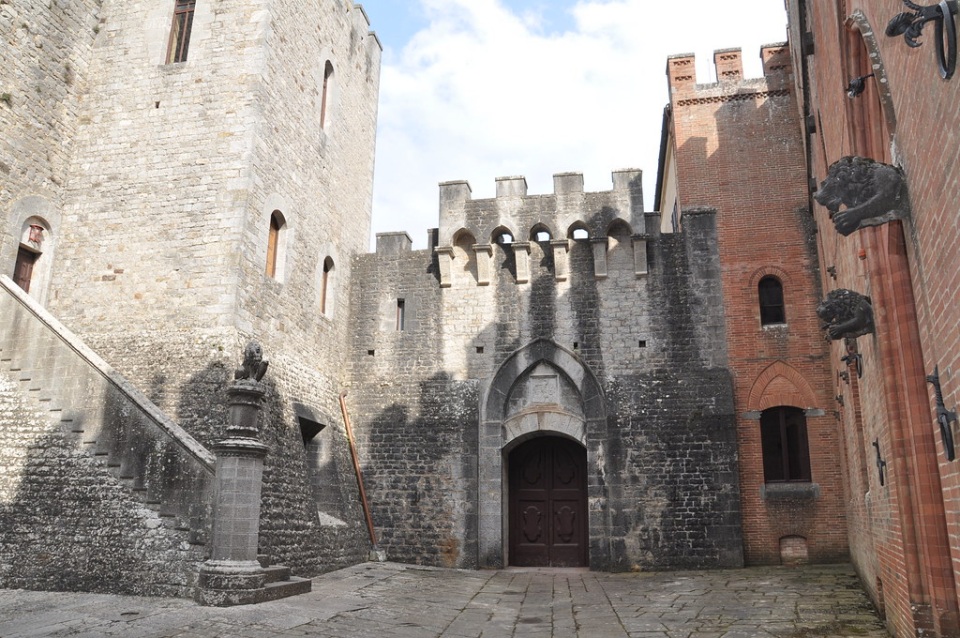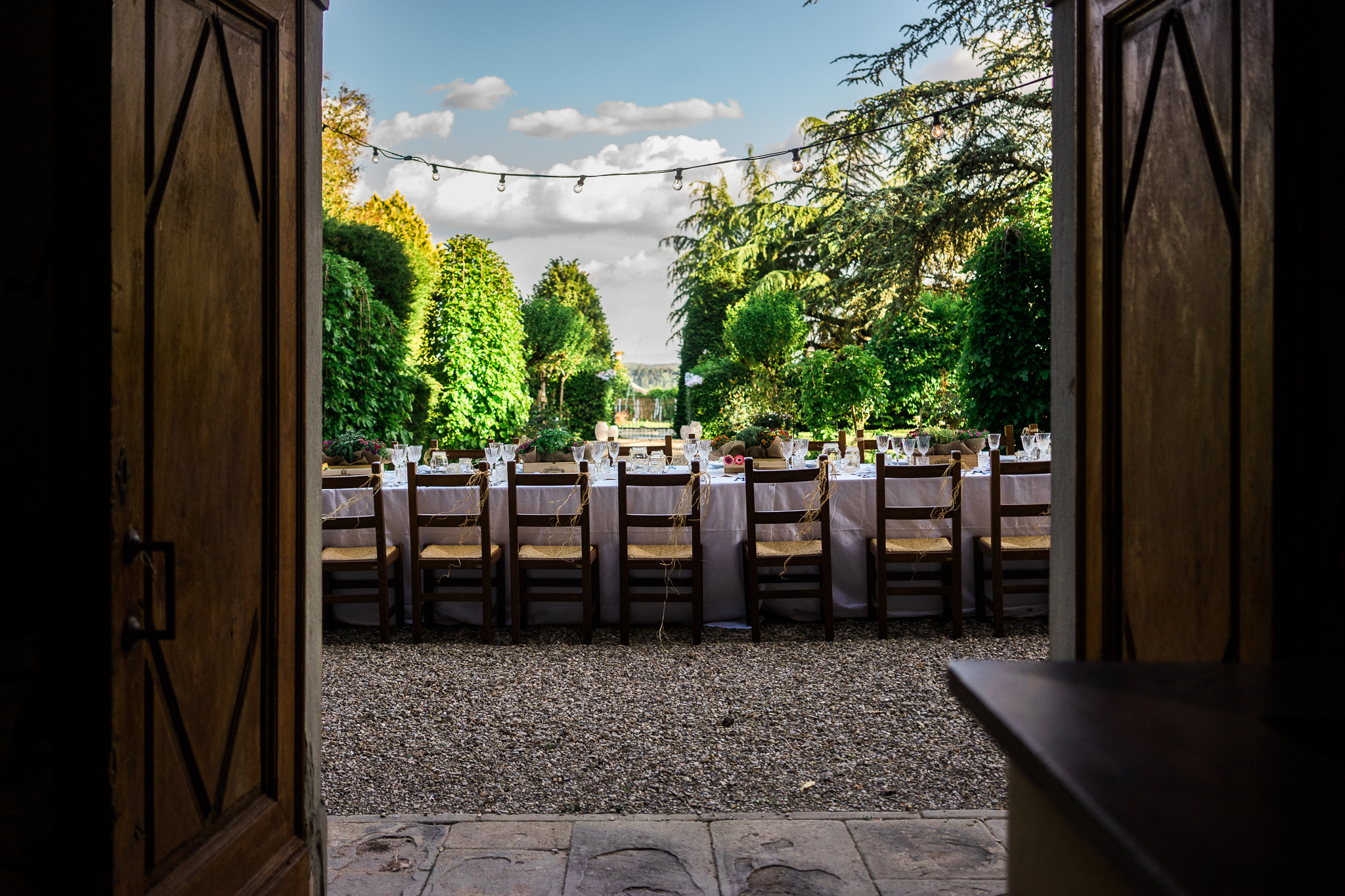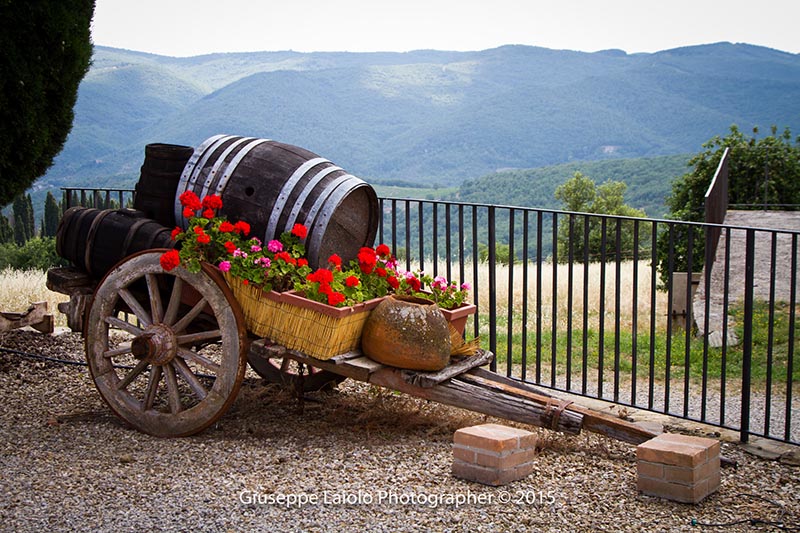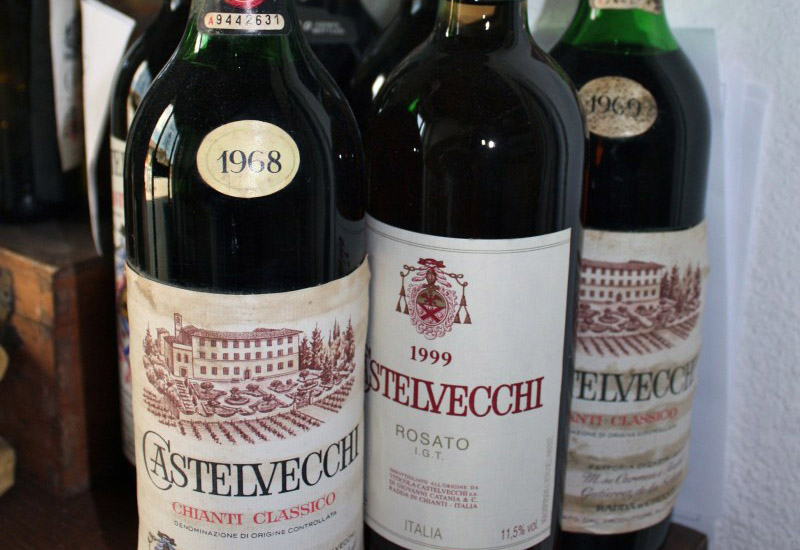
Chianti: The Story of a Land and Its Legendary Wine
Chianti: The Story of a Land and Its Legendary Wine
In the heart of Tuscany, between the cities of Florence, Siena, and Arezzo, lies one of the most enchanting and iconic regions of Italy: Chianti. Rolling hills, neat rows of vineyards, tall cypress trees, and stone villages shape a landscape straight out of a Renaissance painting. But beyond its striking beauty, Chianti is a land with a thousand-year-old history and a deep-rooted winemaking tradition known across the globe.
Ancient Origins: The Etruscans and the Romans
The first signs of human settlement in Chianti date back to the Etruscan period, between the 9th and 1st centuries BCE. The Etruscans were the first to systematically cultivate vines in this region, taking advantage of the hilly terrain and favorable climate. Archaeological finds—such as winemaking tools and transport amphorae—show how important wine already was for both local consumption and trade.
The Romans further expanded viticulture in the area. Large Roman villas scattered throughout the countryside acted as self-sufficient agricultural centers, producing wine and olive oil in abundance. Chianti wine began to spread throughout the Roman Empire, helping to cement the area’s agricultural reputation.
The Middle Ages: Castles, Conflict, and Rural Life
In the Middle Ages, Chianti became a contested frontier between Florence and Siena, two powerful city-states vying for political and economic control. While frequent battles shaped the region’s history, they also led to the construction of castles, abbeys, and fortified villages, many of which still dot the landscape—such as Radda, Castellina, and Gaiole.
Despite the instability, rural life flourished. The area adopted the sharecropping system, in which peasant families farmed the land in exchange for a portion of the harvest. This model fostered a strong connection between people and the land, allowing agricultural and winemaking traditions to be passed down through generations.
This was the era when the first Chianti farmsteads emerged—early winemaking estates often tied to noble families or monastic orders. Winemaking methods improved steadily, and wine began to be produced with a growing focus on quality.
From the Birth of Chianti Classico to Worldwide Fame
A major milestone came in 1716, when Grand Duke Cosimo III de’ Medici issued a decree officially delimiting the area for producing “Chianti wine.” This act is considered one of the world’s first examples of protected designation of origin, centuries ahead of modern DOC and DOCG regulations.
Chianti wine, made primarily from the indigenous Sangiovese grape, quickly gained recognition for its structure, fruity aroma, and aging potential. By the 19th century, its reputation had grown dramatically, with new cooperatives forming and exports expanding.
In the 20th century, the wine’s image was solidified thanks in part to its iconic straw-covered bottle, the fiasco, which became a symbol of Italian wine culture worldwide. However, the real renaissance came in the late 1900s, as improved production techniques and stricter regulations led to the rise of Chianti Classico, marked by the distinctive Black Rooster (Gallo Nero) emblem.
According to legend, the rooster became the symbol of the region following a contest between Florence and Siena: each city sent a knight to claim the Chianti border, starting at dawn when a rooster crowed. Florence, cunningly, chose a black rooster and kept it hungry, ensuring it would crow before sunrise. Their rider gained a head start and secured more territory—thus, the Black Rooster came to represent cleverness and victory.
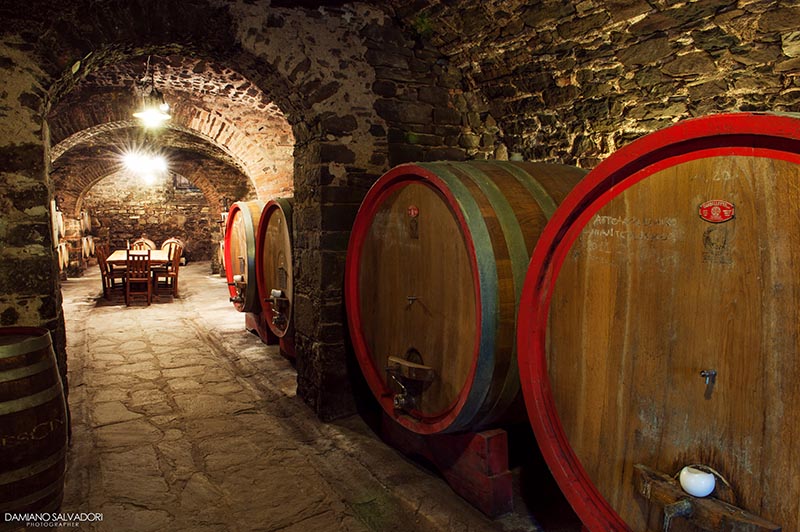
Chianti Today: Wine, Culture, and a Way of Life
Today, Chianti is much more than a wine region—it is a cultural and gastronomic experience. Its wines range from young and fresh to aged and structured, such as Chianti Classico Riserva or Gran Selezione, both capable of standing alongside the world’s finest reds.
Wineries welcome visitors with guided tastings, vineyard tours, barrel room visits, and dinners among the vines. Medieval villages, restored castles, and ancient parish churches offer a unique setting for those seeking authenticity, tranquility, and traditional Tuscan flavors.
And as you sip a glass of Chianti at sunset, gazing over the golden hills and listening to the cicadas, you’ll understand why this wine is more than just a drink—it’s the soul of Tuscany itself.



